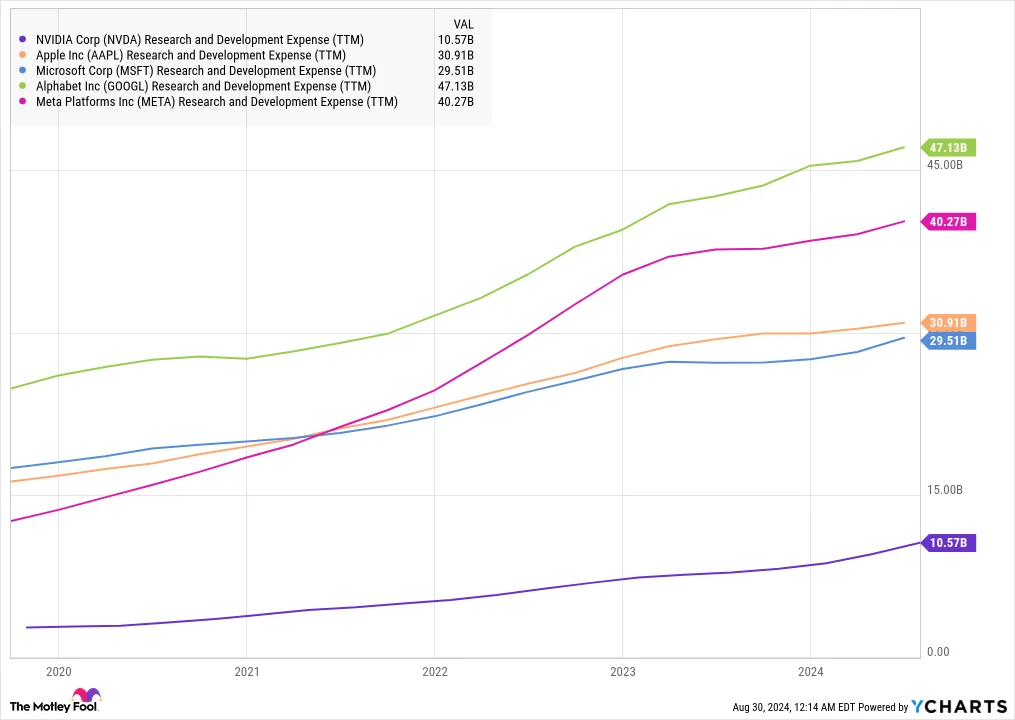Discover how Julia Stewart turned rejection into a $2.3B business triumph in the restaurant industry

Some career stories follow neat, predictable paths. Julia Stewart’s journey does not. It reads more like a Hollywood script: a shocking rejection, a bold career gamble, and poetic justice. Years after being told she would never become Applebee’s CEO, Stewart not only achieved the role she ended up buying the chain outright.
Her story, shared on the Matthews Mentality Podcast, is a powerful example of resilience, vision, and strategic leadership in the restaurant industry.
The Rejection That Sparked a Fire
In the early 2000s, Julia Stewart was Applebee’s rising star. As president, she helped double the company’s stock price and stabilize the brand. Naturally, the CEO role seemed like the next step.
Then came the blow: the board said, “No, not ever.”
For many, this would be devastating. Stewart chose a different path she walked away. Not bitter, but determined. Leaving Applebee’s set the stage for an even bigger role and a remarkable comeback.
Reinventing IHOP: A Bold Leadership Move
Stewart’s next opportunity came at IHOP, a chain struggling to maintain relevance. Rather than just managing operations, she transformed the business. Over five years, Stewart expanded franchising, streamlined operations, and rebuilt confidence among employees and franchisees.
The boldest move came next: Stewart proposed that IHOP acquire Applebee’s. At first, it sounded audacious. Borrowing billions to buy your former employer? It seemed more like a revenge plot than a business strategy. Yet, by 2007, IHOP’s parent company completed the $2.3 billion acquisition.
When the deal closed, Stewart called the executive who once rejected her: “I don’t think we need two of us.” The circle was complete.
Leadership Beyond Numbers
Stewart’s success as Applebee’s CEO wasn’t only about acquisitions and financial strategy. Her leadership style relied heavily on empathy. She often recalls working as a 16-year-old waitress, spilling syrup on customers. Her manager simply said, “Stuff happens.”
Years later, Stewart applied this perspective at the executive level. After acquiring Applebee’s, she noticed both brands were paying different suppliers for the same products. Her solution: a purchasing co-op that saved franchisees millions of dollars. It wasn’t flashy but it showed she understood that leadership is about people, systems, and practical solutions.
Breaking Barriers in Casual Dining
In 2002, Stewart became the first woman to lead IHOP. After the Applebee’s merger, she became one of the most influential figures in casual dining. Applebee’s and IHOP were consolidated under DineEquity (later Dine Brands Global), one of the largest restaurant companies in the U.S.
By 2015, her peers recognized her achievements. Nation’s Restaurant News named Stewart Operator of the Year, citing her ability to manage two massive brands with poise and vision.
Life After the Corner Office
Stewart stepped down as CEO in 2017 after more than a decade at the helm. Retirement was not her plan. In 2020, she launched Alurx, a wellness platform blending health tools with daily routines.
Her office still features a handwritten ten-year plan: “Be a good friend, take care of my whole self, and practice gratitude daily.” Stewart’s combination of ambition and groundedness explains why she orchestrated one of the most remarkable comebacks in business history.
Key Lessons from Julia Stewart’s Journey
Julia Stewart’s story offers actionable lessons for aspiring leaders:
- Rejection isn’t final: A “No, not ever” can be the beginning of something bigger.
- Empathy matters: Small acts of grace influence company culture at every level.
- Strategic revenge works with vision: Setbacks become opportunities when paired with discipline, timing, and foresight.
- Leadership is holistic: Success comes from balancing financial strategy, operational efficiency, and human-centric management.
Why Julia Stewart’s Story Matters
Julia Stewart’s rise from Applebee’s president to CEO and owner is a rare example of resilience meeting opportunity. Her story demonstrates how vision, strategic thinking, and empathy can turn rejection into triumph.
For anyone studying restaurant industry leadership or women in business, Stewart’s journey is a blueprint: it shows how bold decision-making, combined with grounded values, can produce extraordinary results.
FAQ
Who is Julia Stewart?
Julia Stewart is a renowned business leader who served as CEO of IHOP and Applebee’s, known for turning rejection into a $2.3 billion business triumph.
How did Julia Stewart become Applebee’s CEO?
After leaving Applebee’s due to a board rejection, Stewart led IHOP to success and orchestrated a $2.3B acquisition of Applebee’s, completing her career comeback.
What lessons can business leaders learn from Julia Stewart?
Key lessons include turning rejection into opportunity, leveraging empathy in leadership, and combining bold strategy with disciplined execution.
What is Alurx, founded by Julia Stewart?
Alurx is a wellness platform launched in 2020, blending health tools with daily routines.
Why is Julia Stewart’s story important for women in business?
She broke barriers as the first woman to lead IHOP, demonstrated leadership at scale, and serves as a model for resilience and strategic vision.
For more updates stay tune to our website




